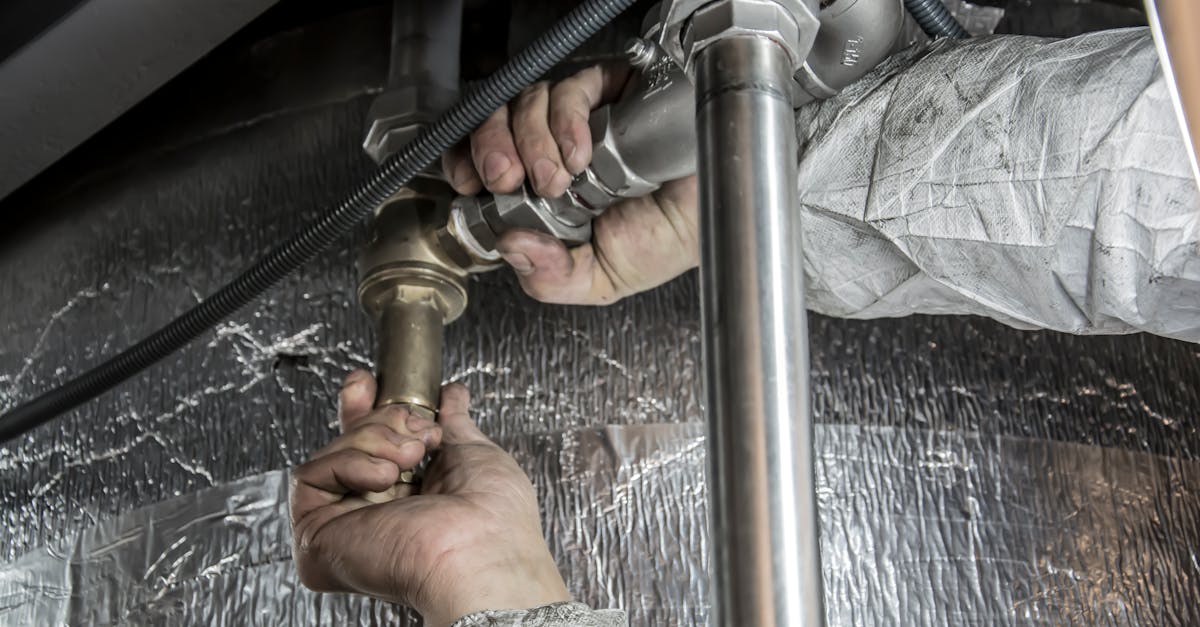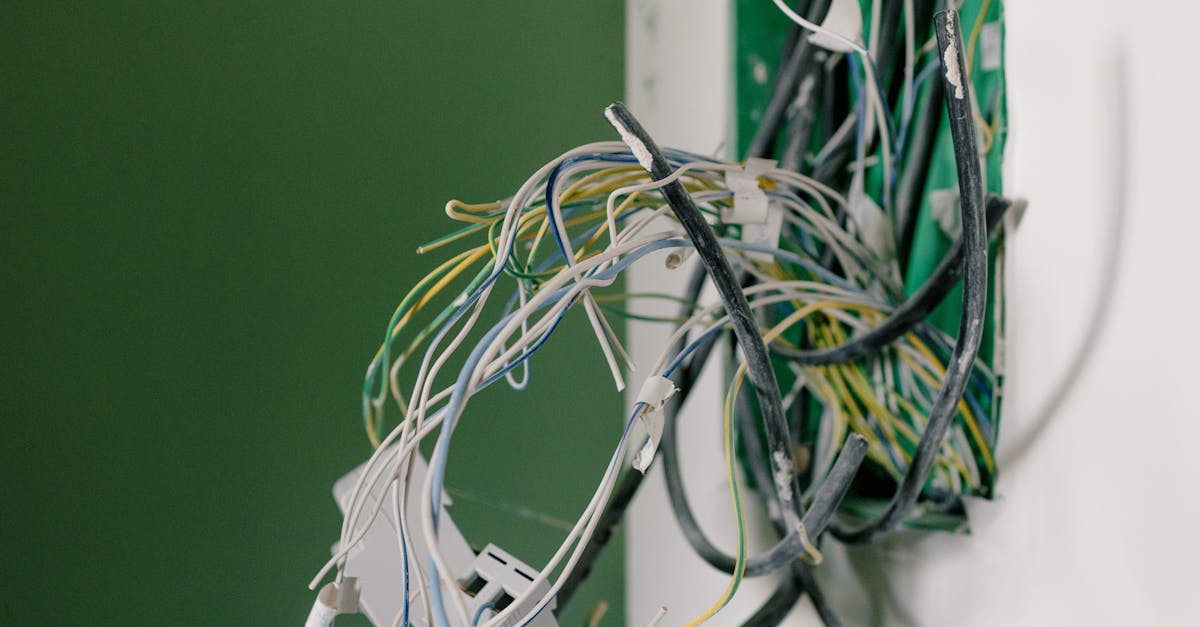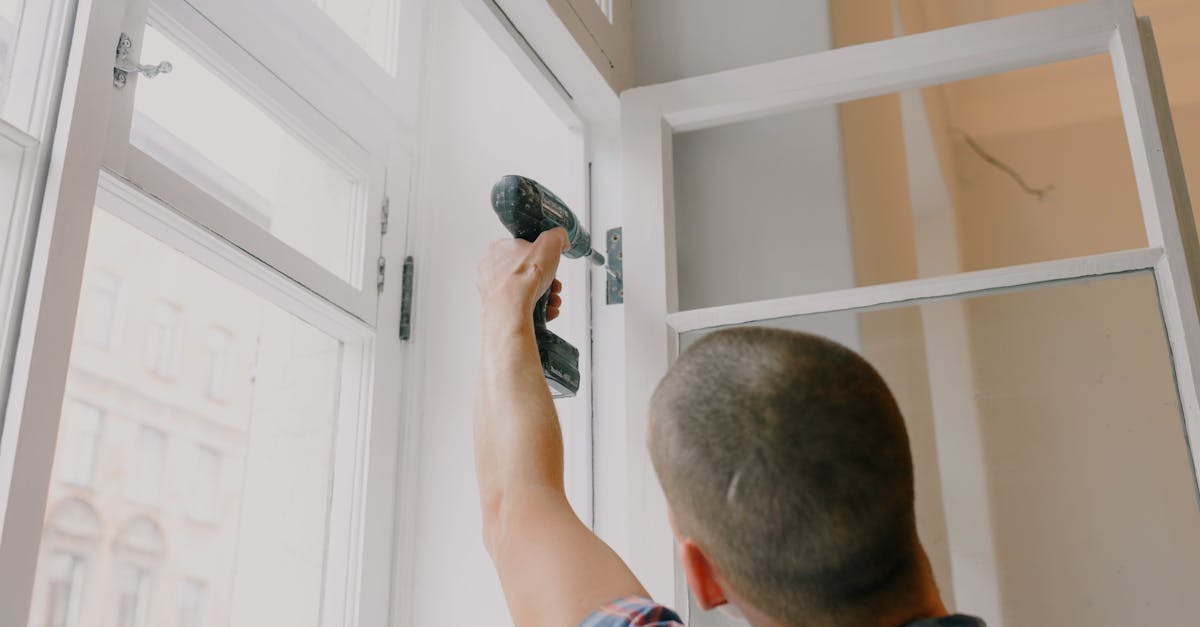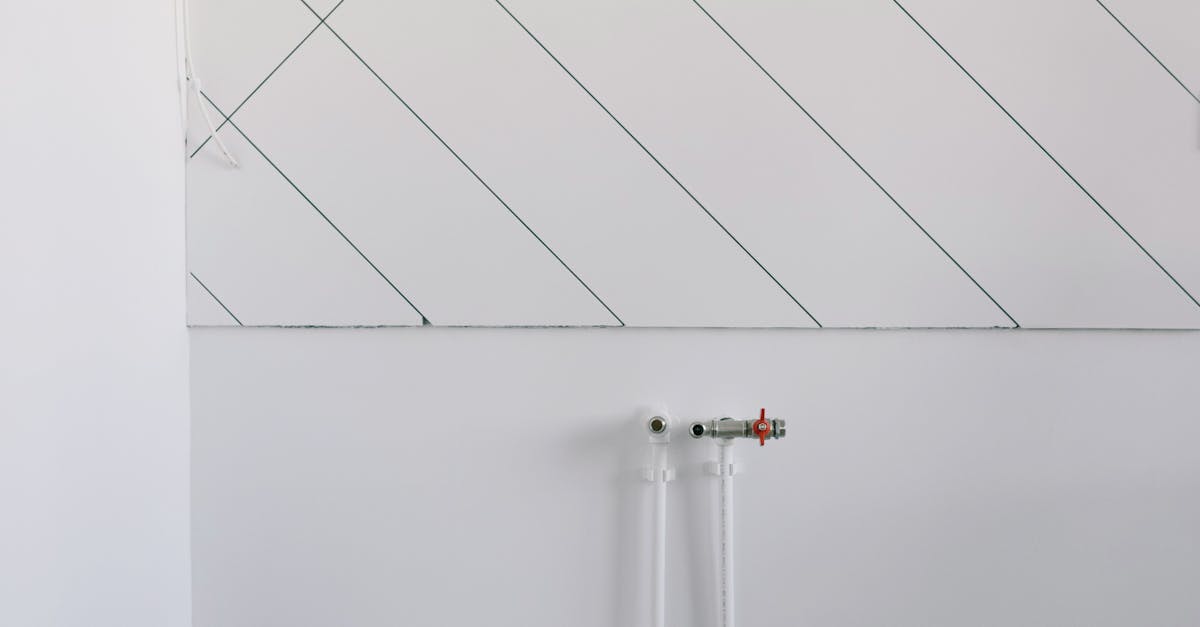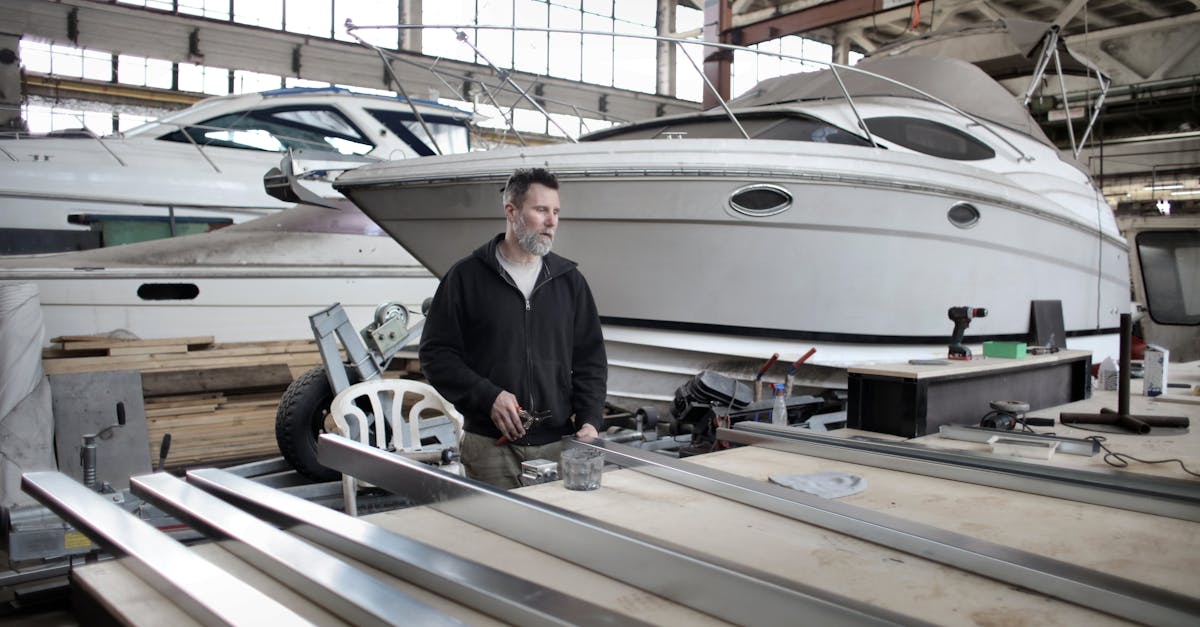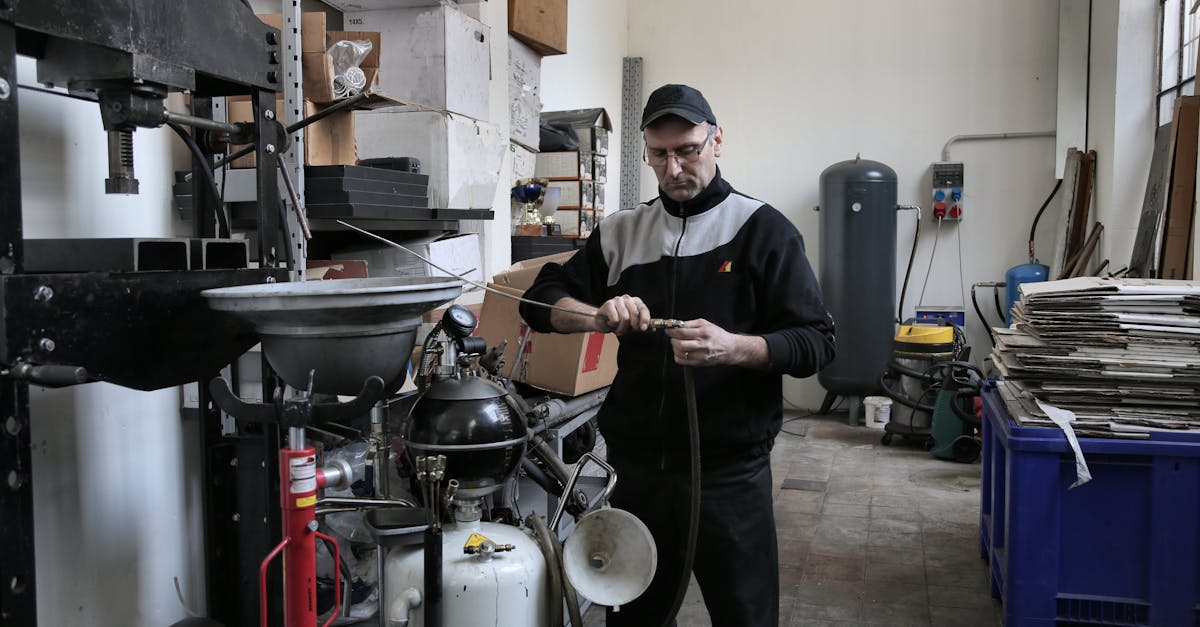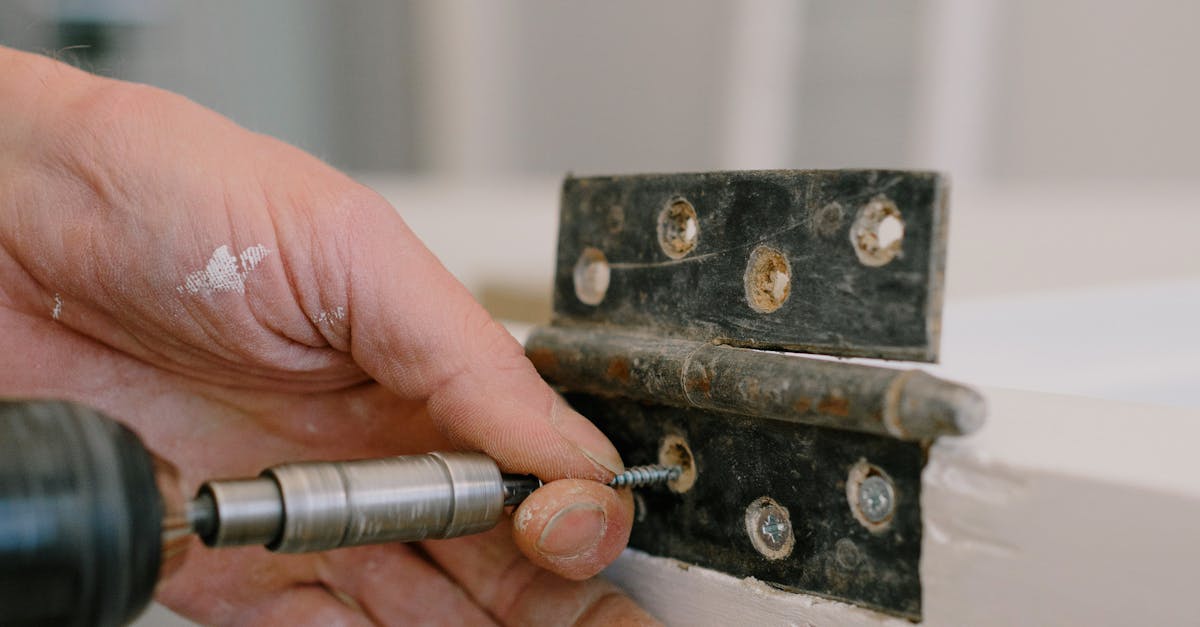
Table Of Contents
Common Risks Identified in Gas Safety Audits
Gas safety audits reveal several common risks that can compromise both safety and compliance. One prevalent issue involves improper gas line installation and repair practices. Incorrect fittings or inadequate sealing can lead to gas leaks, posing significant dangers to occupants and property. Insufficient maintenance of gas appliances is another identified risk. Regular checks are crucial as worn-out components can fail and result in hazardous situations.
Additionally, audits often uncover inadequate ventilation around gas appliances, which may result in dangerous accumulation of carbon monoxide. Inspectors frequently find outdated safety equipment that no longer meets current standards. These oversights can increase the likelihood of dangerous incidents. Addressing these risks through systematic audits reinforces the importance of adhering to safety regulations and best practices within the industry.
Recognising Potential Hazards
Gas installations pose various hazards that can lead to severe accidents if not addressed effectively. Recognising these potential dangers is crucial for ensuring safety. Leaks, improper fittings, and inadequate ventilation often emerge as significant risks during gas line installation and repair. Additionally, the presence of flammable materials near gas sources can exacerbate these risks. Regular inspections help identify these hazards early, facilitating timely interventions.
Understanding local regulations also plays a key role in hazard recognition. Installers must be aware of compliance requirements that govern gas line installation and repair. Failing to adhere to these standards can result in unsafe conditions, putting both users and properties at risk. Systematic assessments of equipment and installations enhance the overall safety strategy. This proactive approach not only safeguards lives but also reinforces the importance of adhering to safety protocols in every aspect of gas work.
Best Practices for Conducting Gas Safety Audits
Conducting gas safety audits requires a systematic approach that ensures all relevant safety standards and regulations are met. A thorough understanding of gas line installation and repair practices is essential. Installers should begin by reviewing all relevant documentation, including previous audit reports and compliance certificates. This foundational knowledge helps to identify areas that may require additional focus during the audit. It is important for auditors to have a checklist that highlights common safety concerns, such as leaks, pressure tests, and proper ventilation.
During the audit, practical assessments should be carried out in accordance with industry standards. Inspectors must examine both the installation quality and the operational integrity of gas line systems. Regular monitoring of gas appliances and infrastructure can help detect potential issues before they lead to safety hazards. Encouraging transparent communication with clients can also enhance the audit process. Accessible feedback ensures both installers and clients remain informed about safety practices, fostering a culture of compliance and vigilance.
Effective Audit Strategies
Implementing effective audit strategies is essential for maintaining high safety standards within gas line installation and repair. Regular checks should be scheduled to ensure compliance with both local regulations and industry best practices. Auditors must focus not just on visual inspections but also on documentation and record-keeping. Comprehensive audits should include detailed assessments of the gas line’s condition, checking for signs of wear, corrosion, or incorrect connections.
Utilising a checklist tailored to specific installations can enhance audit effectiveness. This allows for systematic evaluations of each component involved in gas line installation and repair. Furthermore, engaging workers in the process can lead to greater awareness of safety protocols. Incorporating technology, such as digital tools for monitoring and data collection, can streamline the audit process while ensuring that potential issues are flagged for immediate attention.
Training and Certification for Gas Installers
Training and certification are essential components for ensuring that gas installers possess the knowledge and skills required for safe operations. With a comprehensive understanding of regulations and best practices, certified professionals are better equipped to handle complex situations that may arise during gas line installation and repair. This commitment to training not only enhances individual capabilities but also contributes to the overall safety and reliability of gas systems.
Ongoing education plays a crucial role in keeping gas installers updated with the latest industry standards and technological advancements. Regular training sessions provide opportunities to familiarise themselves with new equipment and techniques relevant to gas line installation and repair. By prioritising continuous learning, installers can ensure they remain competent in their roles, ultimately contributing to the safety of the environments in which they work.
Importance of Ongoing Education
Ongoing education is crucial for gas installers to keep pace with the evolving regulations and technologies in the industry. Regular training sessions help professionals stay updated on new standards for gas line installation and repair. Not only does this ensure compliance with legal requirements, but it also enhances overall safety by minimising the risks associated with outdated practices.
Furthermore, continuous learning opportunities allow installers to refine their skills and broaden their knowledge base. This is especially important in an environment where safety protocols change and new equipment is introduced. Through workshops, seminars, and certification courses, gas installers can develop a deeper understanding of best practices, ultimately leading to higher quality work in gas line installation and repair.
FAQS
What is the purpose of a gas safety audit?
A gas safety audit aims to identify potential hazards, ensure compliance with regulations, and promote safe practices among gas installers to prevent accidents or leaks.
What common risks are identified in gas safety audits?
Common risks include gas leaks, improper installation of appliances, inadequate ventilation, outdated equipment, and non-compliance with safety regulations.
How often should gas safety audits be conducted?
Gas safety audits should be conducted regularly, typically annually, or whenever new installations or modifications are made to ensure ongoing compliance and safety.
What are some best practices for conducting a gas safety audit?
Best practices include thorough documentation, using checklists to cover all critical aspects, involving qualified personnel, and addressing any identified issues promptly.
Why is ongoing education important for gas installers?
Ongoing education is crucial for gas installers to keep up with the latest regulations, techniques, and safety standards, ensuring they remain competent and knowledgeable in their field.
